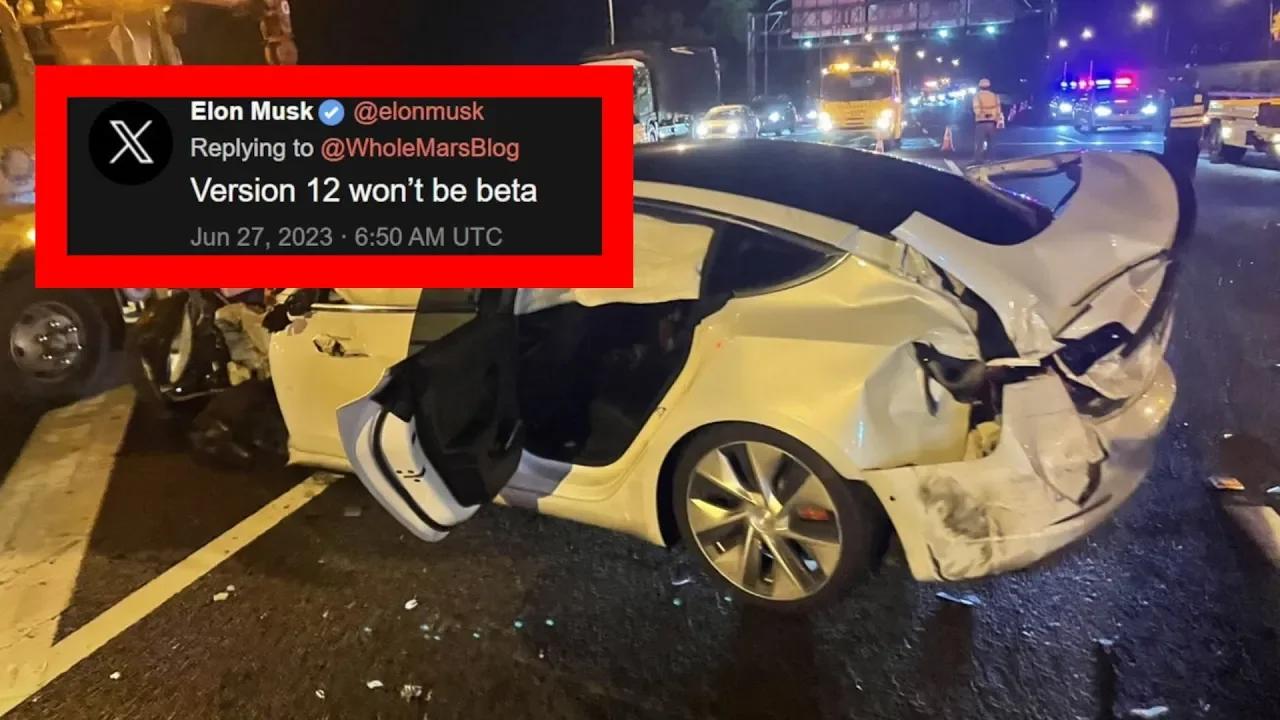The advent of self-driving technology is a fascinating intersection of engineering and ethics, raising numerous questions that society is only beginning to grapple with. Among the most pressing inquiries is whether a person can receive a DUI (driving under the influence) charge while operating a self-driving Tesla. This multifaceted topic warrants thorough exploration, as it intertwines issues of legality, technology, and public safety.
To commence, it’s essential to define what constitutes a DUI. Typically, DUI laws are established to penalize individuals who operate a vehicle while impaired by alcohol or drugs, compromising their ability to drive safely. Yet, the introduction of autonomous vehicles complicates this notion. Since a self-driving Tesla operates with minimal human intervention, the question arises: who is responsible when an intoxicated individual is behind the wheel of a vehicle that can drive itself?
The pivotal legislation surrounding DUIs emphasizes the presence of human agency in driving decisions. Traditionally, being “in control” of a vehicle is a cornerstone of DUI charges. However, if the vehicle is in autonomous mode, does the element of control shift? Many legal experts posit that the framework surrounding DUI regulations might be obsolete in the context of self-driving cars. This leads to a burgeoning legal gray area, where existing laws struggle to keep pace with technological advancements.
Moreover, several factors must be considered when examining this intricate interplay between self-driving technology and DUI laws. Firstly, the classification of the driving mode plays a vital role. In Tesla vehicles, for instance, there are different levels of autonomy, ranging from basic cruise control to fully autonomous driving. While in ‘Autopilot’ mode, the vehicle can navigate roads with little input from the driver. However, it is critical to note that drivers must remain attentive and ready to take over if necessary. In such scenarios, if an accident were to occur, the sobriety of the person behind the wheel would undoubtedly be scrutinized.
As we delve deeper, we encounter the concept of ‘moral responsibility.’ Can a driver truly be absolved of responsibility if they were incapacitated yet physically present in the vehicle? If, during an accident caused by a self-driving Tesla with an inebriated passenger, the legal repercussions fall on both the car’s technology and the human occupant’s choices, how will courts determine liability? The outcome may rest on nuances like whether the vehicle was in autonomous mode or if the driver neglected to engage when required.
Furthermore, there are implications for insurance policies. As self-driving technology becomes ubiquitous, insurers must adapt their frameworks to address new liabilities. Insurance for traditional vehicles often relies on driver error as a significant factor. However, this metric becomes convoluted when determining fault in an autonomous vehicle setting. The relationship between the automaker, the driver, and the incident begs for clarity, as it could involve shared responsibility between the manufacturers of self-driving cars and the users who operate them.
Legal systems worldwide are wrestling with these questions. In places where self-driving cars have begun operation, such as California, legal precedents are being set, albeit slowly. Some states are already drafting legislation that explicitly addresses the liability of AI and their operators. The development of these legally binding frameworks will significantly dictate how DUI incidents involving self-driving vehicles are prosecuted and understood.
Charting this uncharted territory requires thoughtful discourse among various stakeholders, including lawmakers, technology developers, insurance companies, and the public. It involves an understanding of technology’s rapid progression against the relatively slow-moving legislative framework that governs road safety. Further complicating this is the disparity in regulations across different jurisdictions. In some states, the definition of being ‘under the influence’ may encompass a wider range of substances and impairments, further necessitating a cohesive dialogue on an interstate level.
Moreover, the societal implications extend beyond legal considerations. The future of transportation may drastically alter public attitudes toward alcohol consumption. Will the presence of self-driving cars foster more reckless behavior among users, emboldened by the notion that they can indulge without consequence? Conversely, the safer navigation capabilities of autonomous vehicles hold promise for reducing accident rates overall, thereby potentially decreasing instances of impaired driving accidents.
In conclusion, the question of whether one can receive a DUI in a self-driving Tesla encapsulates a larger, complex dialogue about autonomy, responsibility, and technology. As self-driving capabilities continue to evolve, existing laws must adapt to ensure accountability while promoting public safety. The unfolding narrative of autonomous vehicles represents not just technological innovation but challenges entrenched legal and moral paradigms. Engaging with this conversation will ultimately shape how society navigates this new frontier of transportation.
